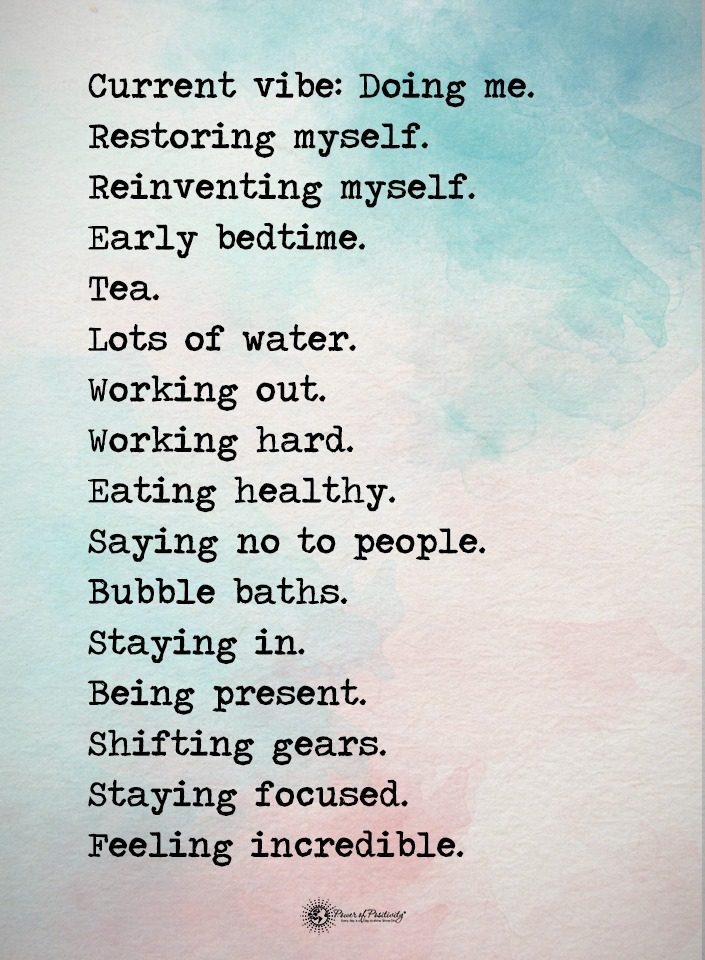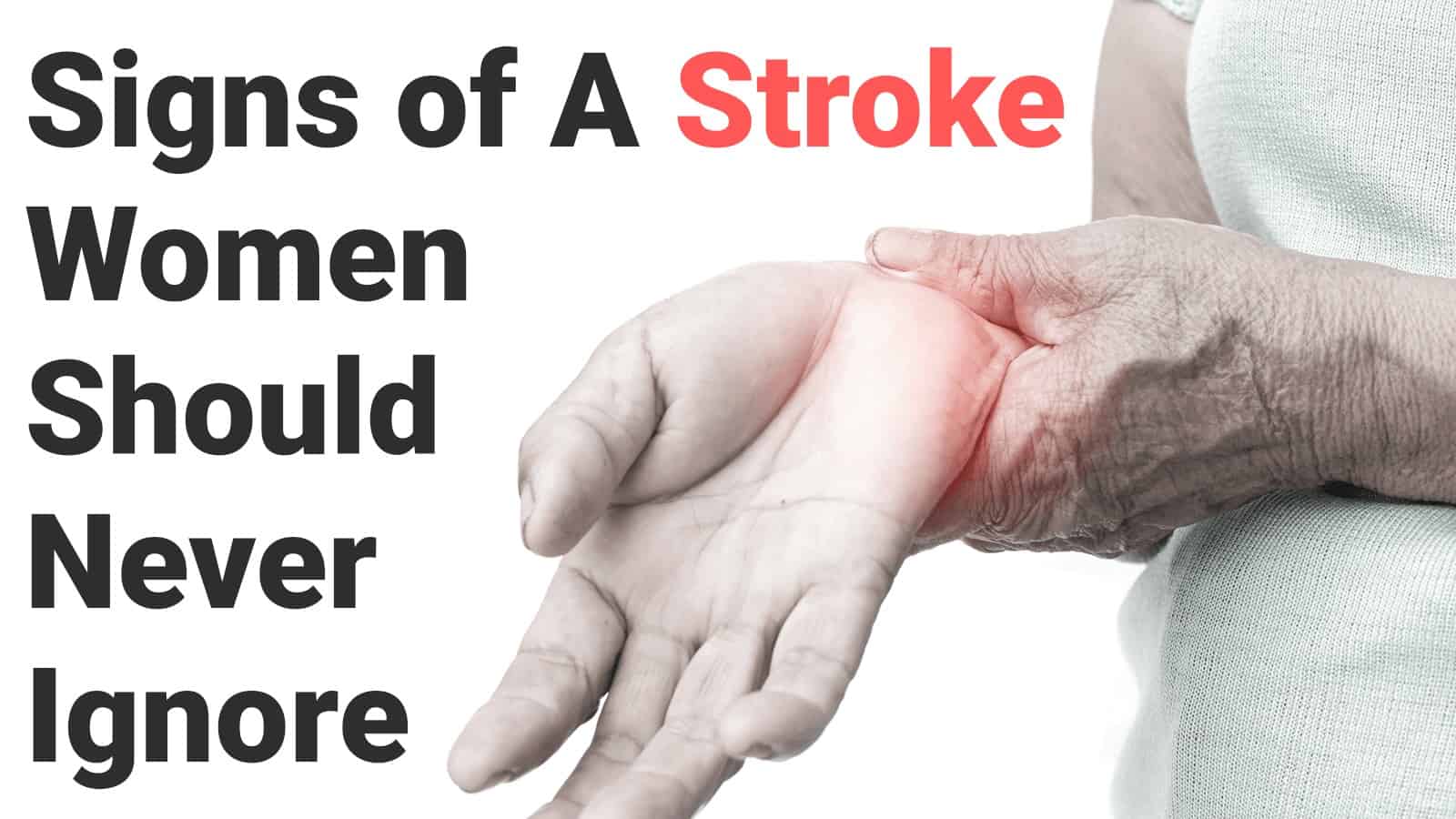For many women, it can be difficult to predict when their health will decline as they age. Unfortunately, strokes can occur at a moment’s notice and cause long-term disability or death. Knowing the signs and how to decrease stroke risk can save lives, as treatment must begin as soon as possible.
There are many different signs of a stroke, which can occur due to tobacco use, high blood pressure, and a poor diet. Strokes occur when the blood supply from the brain stops, resulting in a loss of motor control or function.
Immediate help is necessary to reduce the effects on the individual and avoid long-term complications. If you want to protect your health, there are a few signs of a stroke you should watch for that indicate you may be at risk. Please don’t ignore them or assume they’ll go away on their own.
Five Signs of A Stroke
Once you know the signs of a stroke, you can address any issues and improve your health. There are ways to decrease stroke risk, but recognizing the symptoms is the first step
1. Numbness or Weakness
You may begin to notice weakness or paralysis of the body once a stroke occurs, which can develop on one side of the body, the face, or the arm or leg. If you look in the mirror, one part of the face may appear different or deformed.
Numbness or weakness that comes on suddenly can also occur and is one of the most common signs of a stroke. The symptom can be accompanied by a sensation of pins and needles on specific body areas. It’s essential to call 911 immediately once the symptoms develop.
Avoid waiting more than five minutes to call medical professionals. Emergency treatment is required before seeing a neurologist or other specialist.

2. Severe Headaches
Strokes don’t just occur in older adults, but young women can also be at risk due to tobacco use, a poor diet, or stress. One of the most common signs of a stroke in women is if you experience a severe migraine or headache. A severe headache increases your risk of a stroke or death by 50 percent.
If you begin to experience a debilitating headache, it’s necessary to call a medical professional immediately. It’s easy to dismiss intense headaches as part of life, but it could signal something much worse.
3. Dizzy and Nauseous
Many women at risk of suffering from a stroke can begin to feel dizzy and nauseous, often due to vertigo. Although it may be easy to ignore the symptom, it can be your body’s way of telling you that your health is declining. The signs may be minor but need the attention of a medical professional, especially if you’re experiencing additional symptoms.
In many cases, nausea can result in vomiting that doesn’t subside and indicates an underlying issue is present. Figuring out the problem is essential to overcoming a stroke and living a healthier life.
4. Altered Mental State
One of the most common signs of a stroke is an altered mental state, which can cause you to become confused and disoriented. Sudden behavioral changes, hallucinations, agitation, and unresponsiveness are common and require immediate medical attention.
If another individual has the signs of a stroke, you’ll want to ask them to repeat a specific phrase to determine if they’re slurring what they say. The individual may also have changes in their personality and may not act like themselves. They may become more agitated or hostile, which is a red flag that requires attention.
Avoid driving yourself to the hospital and stay where you are when you experience an altered mental state. Contact emergency services immediately and avoid moving until they arrive. You’ll need to undergo a physical exam at the hospital and have diagnostic tests.
5. Difficulty Walking
Difficulty walking or maintaining balance is considered one of the main signs of a stroke in women, leading to falls. You may have trouble standing up straight or walking from one side of the room to the other. The individual may have issues with coordination, which can affect their ability to perform basic activities.
Due to the lack of blood supply to the brain, it can be challenging to function. The individual may also become injured due to a lack of balance or coordination.
Fainting and seizures can also develop out of the blue, often one of the most overlooked signs of a stroke. The fainting and seizures come on suddenly and are often unexplained, requiring medical tests to determine if you’re at further risk.
Eight Ways Women Can Decrease Stroke Risk
Prevention strategies can significantly decrease your stroke risk. Research shows that you can lower your risk by half or more with the best methods. While you can’t change your family history or reverse your past, you can positively move forward.
1. Treat Health Conditions
Underlying health conditions can increase your stroke risk, so you must take care of them. If you are unsure of any health conditions, visit your doctor if you notice any unusual symptoms.
Treat atrial fibrillation, a form of irregular heartbeat. This condition causes blood clots to form in the heart, which can travel to the brain and cause a stroke.
Atrial fibrillation causes heart palpitations and shortness of breath. If you experience either of those symptoms, see a doctor right away for treatment.
You should also treat and manage diabetes, as high blood sugar damages blood vessels. Clots are more likely to form and cause a stroke if you have damaged blood vessels. Monitor your blood sugar and follow a healthy diet and exercise regime.

2. Regulate Blood Pressure
High blood pressure is a risk factor for having a stroke. Monitoring your blood pressure is essential, and you should treat it right away if it’s high. You can lower your blood pressure by making the following changes to your diet:
- Reducing the salt
- Increasing polyunsaturated and monounsaturated fats
- Eating more fruits and vegetables each day
- Adding fish to your diet
- Consuming whole grains and low-fat dairy a few times a day
3. Lose Weight
If you’re overweight or obese, losing weight is essential to minimizing your stroke risk. Obesity can contribute to high blood pressure and diabetes, affecting your overall health. Set realistic weight loss goals to achieve a healthy lifestyle.
4. Regularly Exercise
Exercise is one of the best ways to decrease stroke risk. It helps with weight loss, reducing blood pressure, and managing blood sugar levels. Experts suggest exercising at a moderate intensity five days a week or more.
Some ideas for getting more physical activity include:
- Going for a walk around your neighborhood at least once a day
- Taking the stairs whenever you can
- Joining or starting a fitness club
- Gardening
If you missed out on a day of physical activity, you can still get movement by doing housework instead. Studies show that cleaning your home, making dinner, and doing other household chores can reduce your stroke risk by 27%.
Any motion helps reduce the risk factors of stroke. Get moving and do as much housework as you can in place of your regular regime.
5. Reduce Drinking and Stop Smoking
Drinking alcohol and smoking cigarettes are highly detrimental to your health and contribute to stroke risk. If you drink, be mindful and do it in moderation. Don’t have more than one alcoholic drink per day, and watch portion sizes.
Smoking cigarettes speed up clot formation by thickening your blood and increasing plaque buildup in your arteries. If you stop smoking, your risk of having a stroke decreases significantly.
6. Eat More Potatoes
Eating a potato with the skin on it each day can help regulate your blood pressure. Potatoes contain potassium, helping balance fluids and electrolytes. This balance helps reduce your chance of having blood pressure spikes and decreases your risk of a stroke.
Ensure you don’t deep fry the potatoes or cover them in butter and sour cream. The potato is healthy, but any toppings or other ingredients could change that.
7. Drink More Tea
Research shows that drinking tea can significantly reduce your risk of stroke. Green or white tea contains polyphenols, acting as antioxidants that help decrease triglyceride production. Since stroke victims usually have high triglyceride levels, it’s a sure sign that it can help reduce your risk.
8. Eat More Cooked Tomatoes
Tomatoes contain lycopene, the pigment that produces the red color. Lycopene also has anti-inflammatory properties, protecting your arteries from damage.
However, you can’t eat the tomatoes raw for the full effect. Lycopene absorption is only possible if you break down the tomato’s cell walls. Spaghetti or tomato sauce counts, so don’t waste time before adding more cooked tomatoes to your diet.
Final Thoughts on Signs of a Stroke and How to Decrease Stroke Risk
Protecting your health and understanding the signs of a stroke are necessary to reduce the risk of long-term disability or death. By understanding the symptoms in women, it can be possible to reduce the effects and obtain immediate medical attention by responding quickly.
If you recognize the signs in you or anyone around you, don’t hesitate to call for help. However, do what you can to reduce your stroke risk and start living a healthier life.















